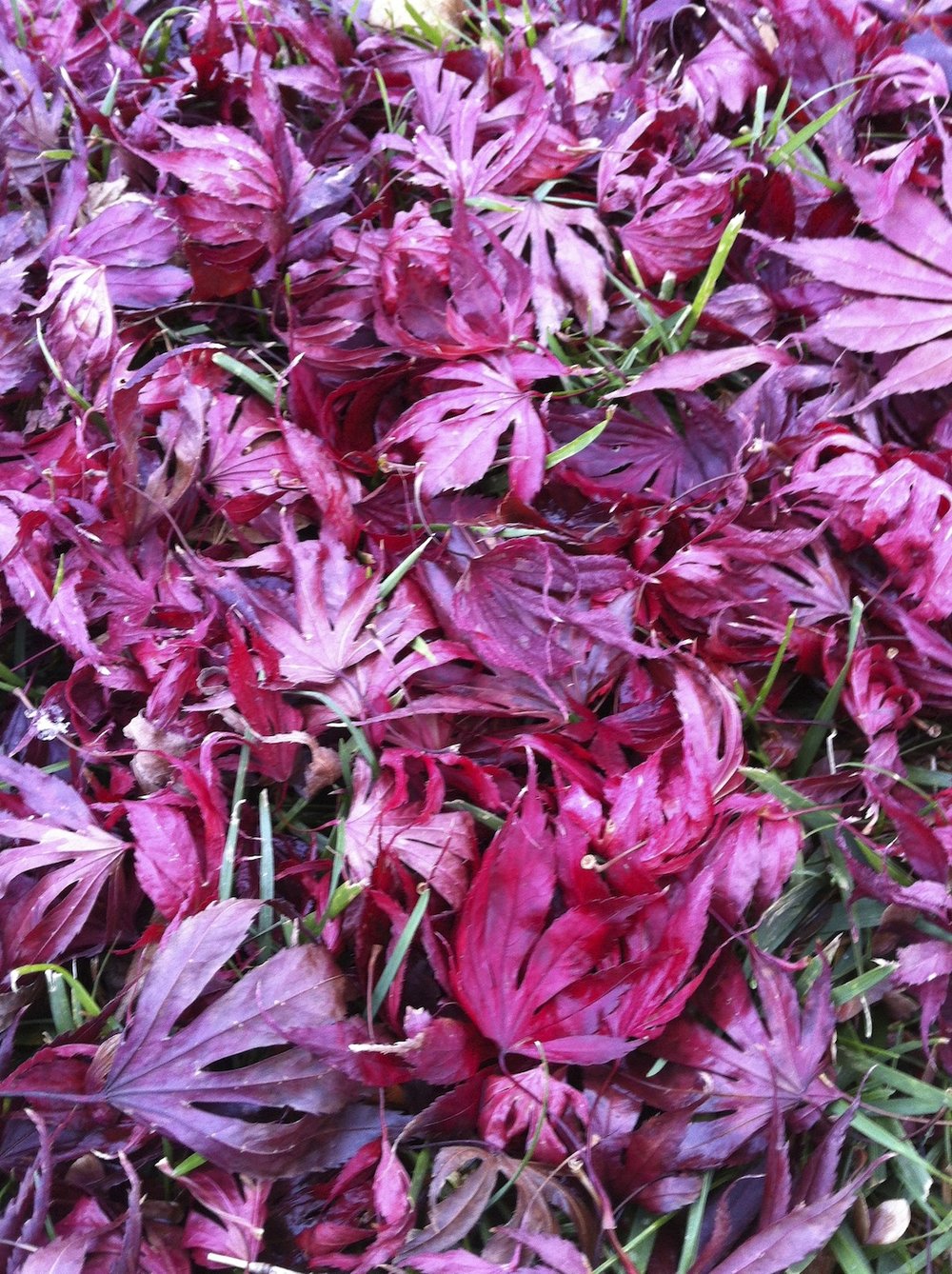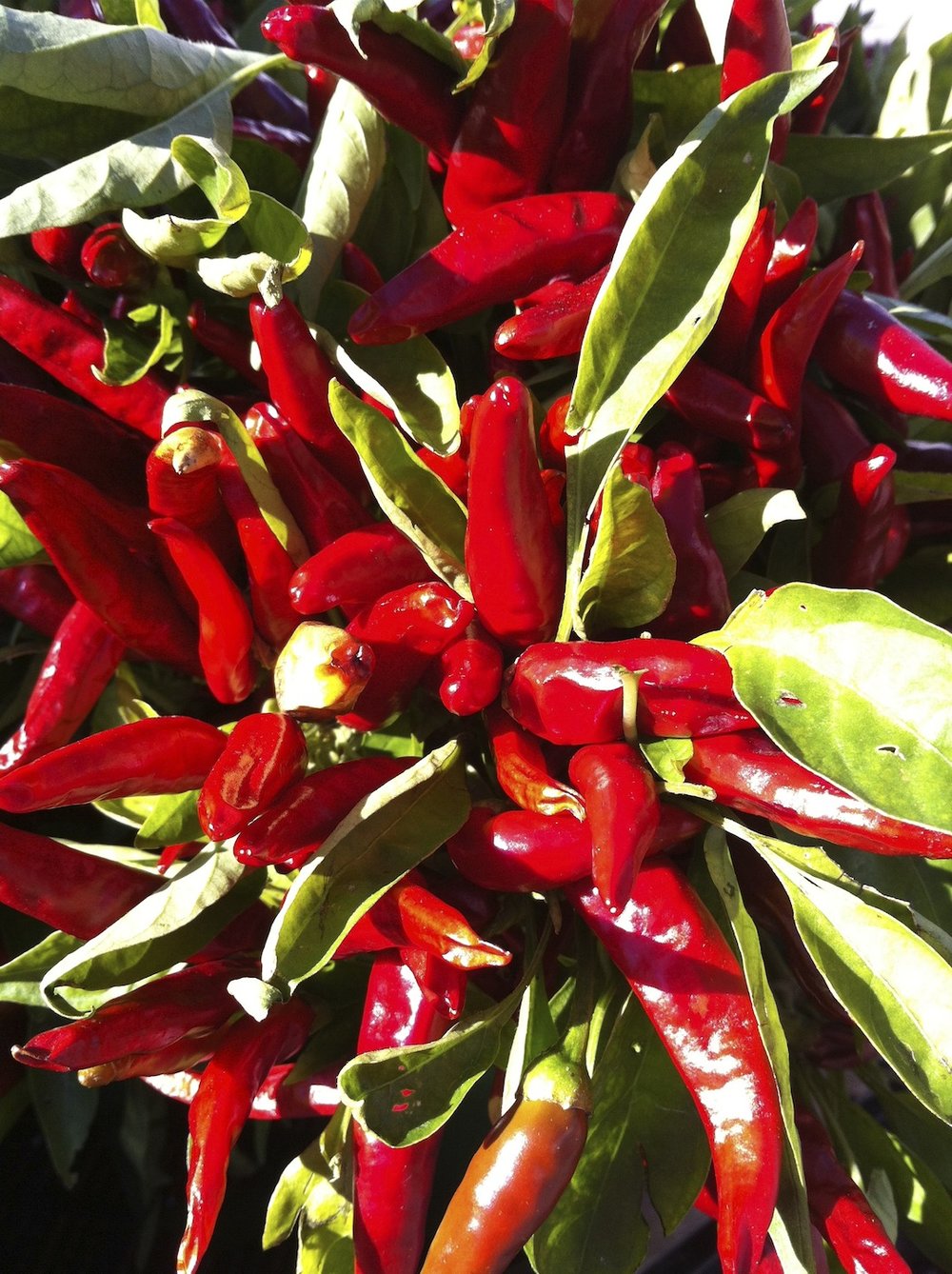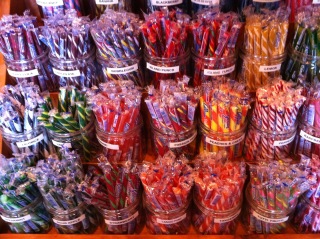 Erratic temperatures and a changing landscape accompany the fall season. One day it’s warm. The next it’s blustery. One day the trees are covered with intensely colored leaves. The next they’re bare. Change and variety are abundant. The swirling leaves accentuate the feelings within. With all the tumult, how do we engage in mindfulness?
Erratic temperatures and a changing landscape accompany the fall season. One day it’s warm. The next it’s blustery. One day the trees are covered with intensely colored leaves. The next they’re bare. Change and variety are abundant. The swirling leaves accentuate the feelings within. With all the tumult, how do we engage in mindfulness?
Do transitions and uncertainty have you feeling unsettled? For me, the churning I see outside mirrors what I’m experiencing inside. During these times, being mindful and open helps me feel centered and grateful. If you're feeling stressed by the season and upcoming holidays keep reading. You'll discover ways to shift your focus to help you feel more energized, mindful, and grateful.
1. Connect
The season of gatherings and parties is here. I’m looking forward to going to and hosting many events from birthdays to Thanksgiving to dinner parties and more. I enjoy hosting as much as being a guest. I’m grateful for the face-to-face time celebrating and hanging out with family and friends. My heart feels full and grateful being around those that I love.
2. Dance
There’s nothing quite like dancing to any type of music (live or recorded) that makes me feel alive. The other night my husband and I went to a dance party, where a favorite band, Zydegroove, was playing. Not only did we enjoy hours of dancing, but we also got to hear great music and see wonderful friends. Surprisingly it was my face that hurt (not my legs) from all the hours of smiling. Dancing was joy and smile inducing.
3. Look
Whether it’s the red and orange leaves, the morning light streaming in through the windows, or my blue violet office area, I’m drawn to color in its variety of hues. My eyes are delighted, and my heart beats more quickly when I stop to soak in the visual beauty that abounds.
4. Touch
While I’m not thrilled about wearing extra layers or bundling up, I am enjoying the textures of the wonderfully cozy blankets, velveteen gloves, and super soft sweaters that get layered on these days to keep me warm. I literally enjoy feeling my way through the season.
5. Write
For the writers among us, I know you appreciate the value of the blank page. This fresh canvas gives us a place to sort, share, challenge, and question. In times of pain, happiness and everything in between, we have the written word as our source of solace. As a journal writer, turned author and blogger, I'm grateful for this form of expression to share and connect both with myself and with all of you.
6. Learn
Education comes in many forms such as life lessons, conversations, or more traditional learning. Recently, I took a few social media courses. I attended Melanie Duncan’s Pinterest online webinar with a self-study component, and Lisa Kaslyn’s Content Marketing in person course at a local venue, Watercooler. Both were affirming (of what I already knew) and valuable (what I want to learn.) I appreciated these opportunities to expand my thinking and feel invigorated.
7. Explore
Whether I’m reading a new book, like Alina Tugend’s Better By Mistake, checking out a blog post such as Karla Jennings' “10 Adorable Characteristics Happy People Have”, or gathering with colleagues, considering other ideas and perspectives develops new connections in my brain. This past weekend, I spent several hours with veteran NAPO professional organizer colleagues. We discussed ethical, organizing, and business challenges and successes. We told stories and supported each other over the sudden loss of one of our industry leaders and mentors, Angela Wallace, who will be deeply missed. Especially important in times of loss and sadness, idea exploring and sharing creates those ah-ha moments and life affirming sparks.
Being human means living in a state of flux. We can let this unnerve us, or instead, we can embrace our moments with energy, openness, and gratitude. How do you engage in mindfulness? Come join the conversation.





